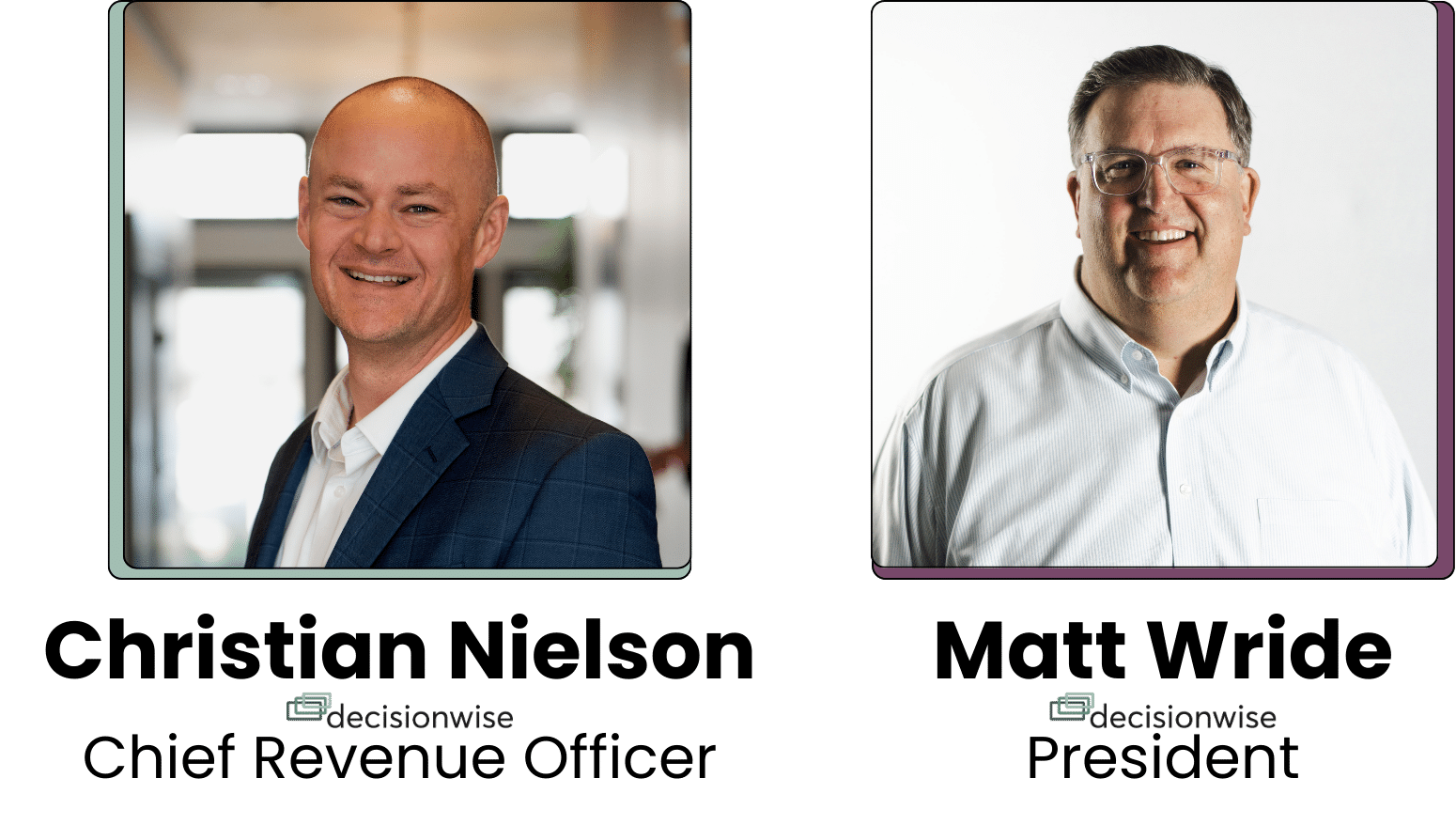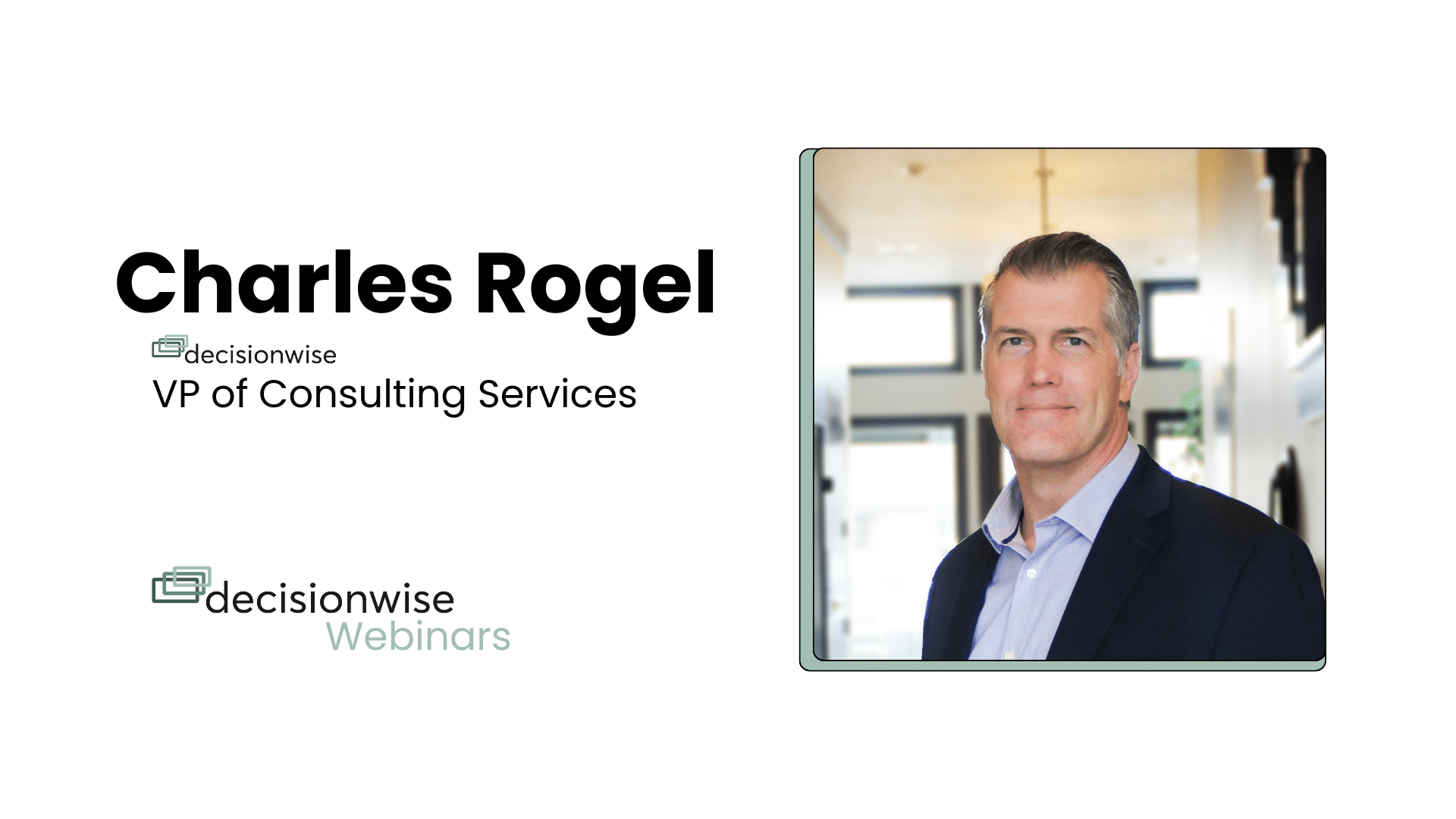“Back in the day, we used to walk to work, in the snow, uphill, both ways!” Yeah, we’ve all heard it before. The older generation in the workforce had it much rougher than we do today, right? For the most part, I would say that’s pretty much true. I look at my father who started his career in the early-70s in a steel mill and maintained the same job, in the same small town, for most of his life. Like my father, it was fairly common for workers in the 20th century to work for the same company for most of their careers according to a Stanford Center on Longevity study. Employee turnover and retention wasn’t as big of an issue.
Today the average worker’s tenure is just 4.4 years, according to data from the U.S. Bureau of Labor Statistics with the expected tenure of the workforce’s youngest employees at about half that. The average cost of replacing an employee amounts to just over 20 percent of the person’s annual salary according to the Center for American Progress. That can mean millions of dollars for some organizations. So why does employee retention seem to be getting worse?
Here are four reasons why employee retention is becoming more challenging
1. Strong Economy
The US economy is hot and isn’t showing signs of cooling off. That’s a good thing right? Unless you’re trying to hire and retain good talent. The economy is growing and Forbes expects an even stronger economy in 2018.
In May of 2017, job openings exceeded hires, meaning there are more jobs available than can be currently filled, according to the US Department of Labor. Quit rates are also increasing accordingly as workers are finding better opportunities in a better economy. With unemployment rates falling and job opportunities increasing, the power is shifting out of the hands of the employer and into the hands of the employee. Organizations can no longer assume that people NEED them. Top talent will go wherever they choose and with whoever offers them the best fit culturally and financially.
2. Changing Workforce
Millennials, it’s always about those darned Millennials, right? Millennials (adults ages 18 to 34) recently became the largest generation in US Workforce.
Younger workers historically have lower tenure rates and are more willing to bounce from job to job. Most younger workers are more mobile with fewer obligations holding them down. Many aren’t married, don’t have kids, and don’t own a house yet. This frees them up to try new things and live in new places. They are also looking for growth opportunities early in their careers to set them up for success in the future. Younger workers also tend to job-hop more than older workers as a means to quicker career advancement. Now that they comprise the largest segment of the workforce, expect to see the overall tenure rate fall.
3. Technology
Technology makes it easier for people to instantly find and apply for new job opportunities. A few decades ago workers turned to the want ads in newspapers to find jobs. Hot jobs included titles like typists, switchboard operators, mimeograph repair technicians (what?), keypunchers (Doesn’t everyone punch keys nowadays?), and elevator operators. Newspapers even had separate job listings for men and women.
Today’s available jobs sound more like Web Developer, Content Marketing Manager, or Search Engine Optimization Specialist. Job seekers no longer turn to newspapers. They turn to the Internet and effective recruitment tools like Indeed, Monster, Glassdoor, and LinkedIn. Qualified job seekers don’t even have to seek nowadays. They can sit back and receive email or text alerts for available jobs that might fit their skill set or interests. Madness I tell you! Employees can browse job sites directly on their smartphones during lunch hour, in the break room, bathroom, or at their desks.
4. Side Incomes
Making money in your pajamas is the true American Dream, right? Non-traditional side incomes are ending the nine to five jobs where employees once made the slow climb in a company as the once accepted career path. Freelancing and self-employment are ways that modern-day workers are pulling in extra money or even creating a full-time living, while paying heir own taxes.
People can now start a business at the drop of a hat and little cost. Bloggers, YouTubers, Etsy’preneurs, and more are setting up shop and producing content online pulling in viewers, customers, and advertisers galore. Shay Carl’s family’s YouTube channel brings in over $1 million per year by simply filming and posting daily videos of their family’s life. According to Craftcount, the successful Etsy shop, ThinkPinkBows, an online shop selling baby hair and clothes accessories, brings in $2 million in sales. Many people are waiting to leave the traditional workforce as soon as their online side-business can replace their income. It’s the American Dream served up on your personal computer in your very own living room.
What can organizations do to improve employee retention?
Now, more than ever, organizations need to focus on the overall Employee Experience. The Employee Experience consists of all of the experiences an employee has, whether predicted or not, that become pivot points or moments of truth. These experiences shape an employee’s beliefs about the company, its leaders, the brand, and the employee’s overall success in the organization. Consider these questions:
- Does your hiring experience excite applicants or does it require them to jump through a series of “hoops” where they feel lucky if they receive any communication from HR?
- When new employees are onboarded, do they feel prepared to be successful or are they thrown into the pool to learn how to swim?
- Are employees excited and energized as a result of performance reviews or do they dread the process?
- Are your employees engaged by their work and the mission and values of your organization or are they working for the weekend?
- Are you using people analytics to understand how your Employee Experience is impacting your business metrics?
Start improving employee retention by finding out how these experiences are perceived by your employees and take the steps needed to improve. Become forward-thinking, similar to those in academia who embraced mobile devices and integrated them into the learning process rather than banning devices. They understood it would require additional preparation to make class time more interactive and interesting so as not to compete for attention with mobile devices. The current job market is in a similar situation. What got you here, will not get you there.





